In the arid highlands near the town of Vergèze in southern France, the sun beats down on a small stone house as the buzz of cicadas fills the air. Until a few months ago, beneath this tile-roofed structure, a pump reached 159meters into the ground to tap a spring to source one of the world’s best-known mineral waters: Perrier.
Symbolizing privileged Frenchness, Perrier is a billion-dollar brand, its pear-shaped green bottles found on boardroom tables and in high-end restaurants from New York and London to Hong Kong. The bubbly quencher is among the standout alternatives to sugar-filled sodas for health-conscious urban consumers.
After heavy rains this year, water at the well — one of seven used for Perrier — showed traces of fecal matter, prompting its suspension in April and the destruction of more than two million bottles. Earlier that month, a heavily redacted 2023 report from a regulator leaked to the French media and seen by Bloomberg showed that traces of pesticides banned over two decades ago and linked to cancer were found in the water where Perrier is sourced. In September, the brand’s Swiss owner, Nestlé SA, agreed to pay €2 million ($2.2 million) to settle a case alleging it had committed fraud by filtering its water, using methods that are illegal in France for mineral waters that are supposed to be natural. The company has now been sued by consumer rights group Foodwatch, which says the settlement lets it off the hook too easily by allowing it to “bury the case.” Nestlé Waters France declined to comment on the lawsuit but reaffirmed that the safety and quality of Perrier have always been guaranteed.
More than three decades after the infamous Perrier recall in 1990, when the detection of very small amounts of benzene resulted in 160 million bottles of the mineral water being taken off shelves in 120 countries — one of the biggest such actions in the world — Perrier once again finds itself battling scandal.
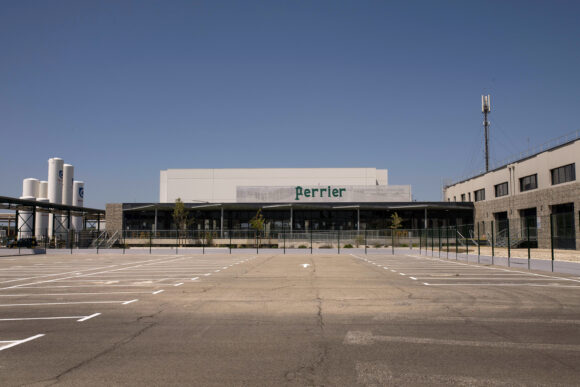
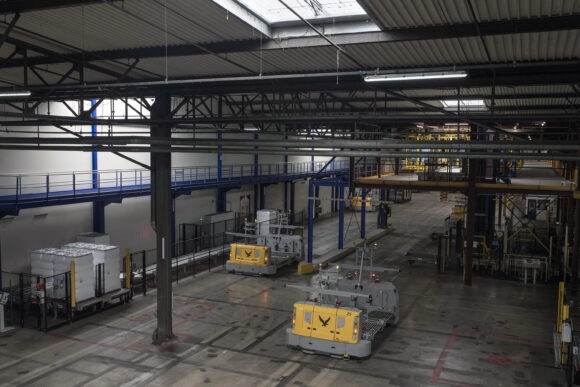
This time, its problems may be more intractable, leaving it facing a threat that also strikes deep at the heart of France. The world’s biggest bottled-water exporting country has fought hard to preserve the integrity and identity of its water with an eye on jobs and growth — the industry contributes €1 billion each year to France’s external trade and directly or indirectly employs about 38,000 people.
There’s no suggestion that Perrier’s unsafe, and Nestlé, while admitting to filtering the water “for a long time,” says all its brands now comply with French rules. Trouble is, the chemicals that may have prompted Perrier’s filtration in the first place are still likely to be present deep in the water tables in France, one of the world’s biggest users of pesticides. The situation is complicated by ever-increasing cases of torrential rain that can disturb the balances of underground water flows, connecting shallower water systems with the deep mineral aquifer and contaminating it.
“Our operating conditions are becoming more difficult, especially due to the environmental challenges linked to climate change, with more heavy rains and droughts that are becoming more frequent and more intense,” Sophie Dubois, general manager of Nestlé Waters France, said in an interview, adding, however, that the company has put in place measures “to ensure perfect hygiene and food safety.”
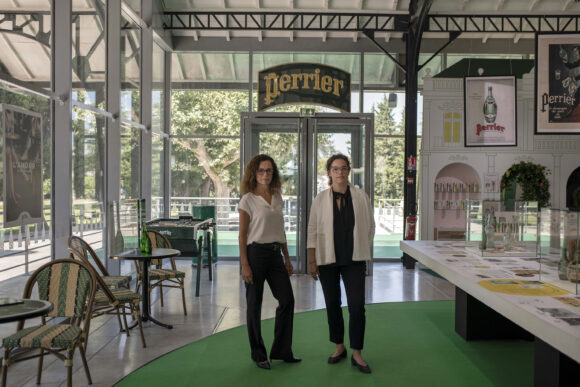
Consumers may not care how the water going into Perrier is filtered. But Perrier is in a quandary since it can only be sourced at the spring near Vergèze, in the Gard region between the cities of Nîmes and Montpellier. If it filters the water using proscribed methods, it’s in breach of French laws; if it doesn’t, it risks exposure to what the regulator’s report says is “chronic contamination.” Nestlé says small levels of permitted microfiltration, a strict bottling circuit cleaning program and 700 daily analyses guarantee the quality of its mineral water, but concedes that severe climate events “will mean more fluctuations in our production levels.”
“This is our new normal,” the company said. “We have invested significantly, and will continue to do so, to protect this unique heritage and ensure its future.”
Still, the increased scrutiny has raised a more fundamental question not just for Perrier but for the $300 billion global water business: Does it make ecological sense to transport millions of bottles of water — about 97% of them made from plastic — across the globe instead of sourcing it locally? While the bottled-water market is expected by Euromonitor to grow 4% a year to 2026, recurring droughts and even riots over water are making the industry increasingly problematic.
“This is clearly not a sustainable model,” said Therese Karlsson, a technical advisor at IPEN, a network providing information on chemicals and waste. “Not only is Nestlé taking water from drought-struck areas and packaging them into plastic bottles made from fossil fuels, bottles that can in themselves contain a wide range of toxic chemicals, which they then transport over far distances using even more fossil fuels.”
Nestlé isn’t the only group with a troubled water business. Although rival Danone SA, which owns brands like Evian and Volvic, gets its water in the Alps and France’s Auvergne region, where the effects of climate change are not as acute, it has faced lawsuits in Europe and the US accusing it of plastic pollution and greenwashing.
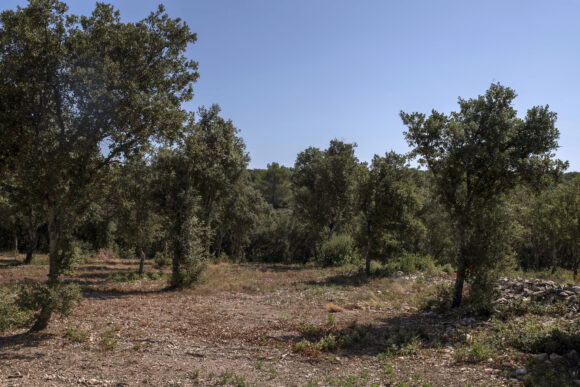
An area where one of the Perrier wells is located in Vergèze. The exact locations of the wells are secret to prevent tampering. One of the seven wells is suspended because of contamination. Photographer: Maria Contreras Coll/Bloomberg
Nestlé’s water unit has annual sales of about 3.3 billion Swiss francs ($3.9 billion), accounting for less than 4% of the world’s biggest food maker’s revenue. In 2021, Nestlé sold its US bottled water business for $4.3 billion to focus on higher-margin premium brands like Perrier and San Pellegrino. But the unit is still a lot less profitable than Nestlé as a whole.
After the maker of products such as Nescafé, Häagen-Dazs ice-cream and Gerber baby food ousted Chief Executive Officer Mark Schneider in August amid performance concerns, investors wonder whether the water business could turn into a toxic asset as hits to its reputation pile up.
“This needs to be a sustainably operated business segment for them,” said Simon Jaeger, a portfolio manager at Flossbach von Storch, which holds about 0.5% of Nestlé. “They have to resolve these questions.”
Nestlé has sought to stop Perrier’s woes from joining a long list of controversies it has faced over the years — from an infant formula tragedy that began in the 1970s to the death more recently of two children in France after eating its Buitoni frozen pizza.
The company revamped Perrier production with state-of-the-art facilities. It encouraged local farmers to transition to organic farming in the land it owns around the Perrier site. It has also introduced a new line of bottled water — Maison Perrier — that can be filtered freely because it’s not marketed as natural mineral water. Perrier plans to eventually get about 40% of its revenue from this range. With an ad campaign fronted by Emily In Paris actor Lily Collins, it’s designed to capitalize on a more than 160-year-old tradition to entice a new generation of consumers.
Perrier traces its history to the pristine springs used during Roman times for restorative baths — primarily the reserve of royals and aristocrats. St John Harmsworth, the brother of the founder of UK tabloid Daily Mail, was among those who visited the baths in the 1900s. Harmsworth bought the spring, and even had a Harmsworth Villa at the site with a swimming pool filled with Perrier. He eventually closed the spa and focused on bottling the water.
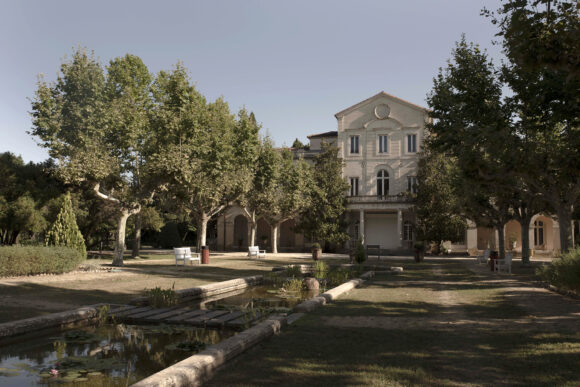
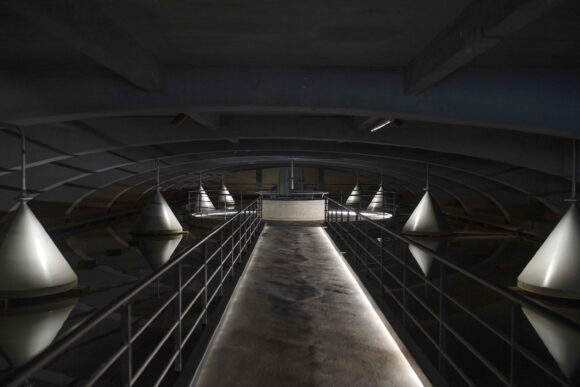
In 1910, Perrier sold about 3 million bottles. After World War II then-owner Gustave Leven widened the drink’s reach, with artists like Salvador Dali designing posters for the brand. Under Leven, the operation sold as many as 130 million bottles a year. Nestlé bought it in 1992 — just as Perrier was emerging from its benzene-hit global recall — and boosted production, hitting a peak of more than 1.7 billion bottles in 2021.
That bumper production came at a cost. Muriel Lienau, who became president of Nestlé’s waters business in Europe in 2020, quickly learned that the water at Perrier and other French and Swiss springs was being cleaned using methods like UV filtering and activated charcoal in breach of rules.
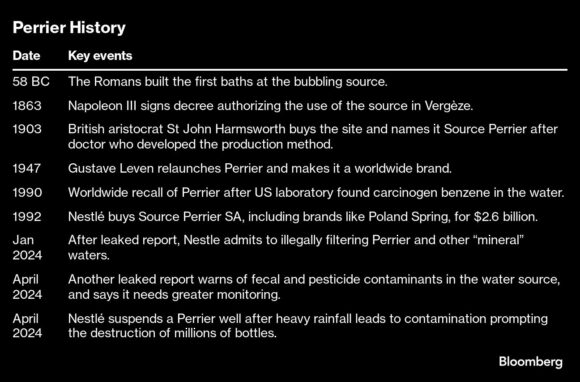
A French regulator, the General Inspectorate of Social Affairs, said Nestlé reported its filtration after a whistleblower at another bottled-water company, Cristaline owner Sources Alma, prompted a wider investigation. The company didn’t come clean to consumers, but told local authorities it was undertaking a multi-year upgrade, maintaining that its failure to honor regulations hadn’t been a health risk and didn’t alter the water’s mineral content. The company invested €150 million over the past five years in improving the factory.
The Swiss company’s push to overhaul operations came against the backdrop of a review by another regulator — the French Agency for Food, Environmental and Occupational Health & Safety — whose 2023 report described long-lasting contamination from pesticides, fecal matter and traces of PFAS, or forever chemicals, in its water source, and called for increased monitoring.
Nestlé says it’s doing everything it can to make Perrier a viable long-term business. It is helping members of a wine cooperative called Héraclès to produce organically in vineyards around Vergèze. All of Héraclès’ wine is now organic, up from 50% in 2011, said Marie David, a manager. About 400 hectares of land that feeds into the Perrier source is covered in organic vineyards, and around 290 hectares of it is owned by Nestlé.
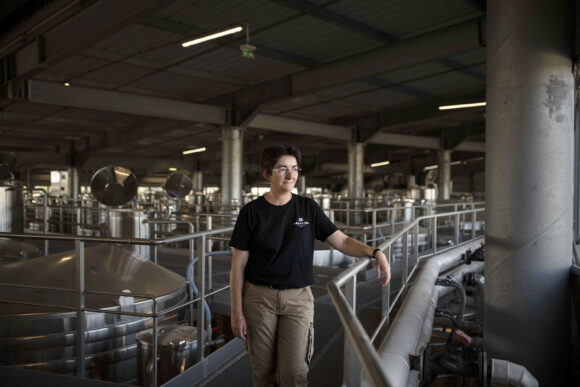
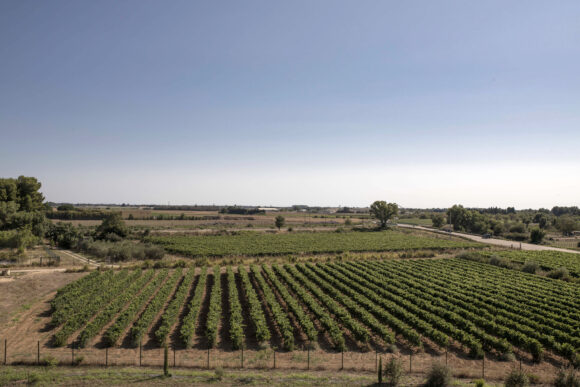
Maison Perrier is another leg of the plan. Nestlé casts that range and its flavors such as “Forever Lime” and “Roséllini” as a Gen-Z reinvention. Flavored waters, energy drinks and mocktails are trends among young people turning their backs on alcohol. The water that goes into it can be filtered using UV light that can degrade pesticides and remove bacteria.
“It still has similar characteristics because it still comes from this territory,” said Elisa Gregori, Perrier’s global director. But unlike Perrier, Nestlé doesn’t list Maison Perrier’s mineral composition on its packaging.
The $100 billion US carbonated drinks market is a major target for Maison Perrier, with an eight-can pack of “Forever Blackberry” selling for $7 at Target. But if its mineral content isn’t important enough to go on the can, it’s unclear why it needs to be brought over all the way from France, some environmentalists say. For the brand, it’s the French origin that gives it cachet in export markets, said Gregori, noting that the Chinese transliteration of Perrier means “Paris water.”
In 2001, Nestlé began selling Perrier in bottles made out of polyethylene terephthalate, and it now generates about 250,000 tons of PET bottles annually. Although the bottles are recyclable, many end up in landfills or wash up on beaches or river banks, placing Nestlé among the biggest plastics polluters in the world. Nestlé says it’s doing everything it can to shrink its environmental footprint, including advocating deposit return schemes for bottles to enhance collection and sorting and the reduction of virgin plastic use.
Also tarnishing its health-spa origins is the discovery that chemicals from plastic bottles leach into the water. A 2022 study found that 150 chemicals could be migrating from PET bottles into water and 18 of those exceed European Union regulatory limits. Perrier aims to make its bottles with 50% recycled content by 2025, but recycled PET risks letting even more chemicals migrate into the liquid. The company counters the concerns saying its packaging materials are constantly monitored to meet food-safety standards and regulations.
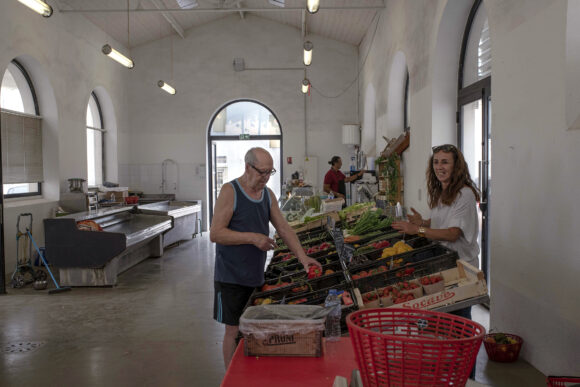
For all of Perrier’s woes, there are also very few people, if any, at its source in Vergèze with a bad word for the company. For many, their livelihoods are at stake.
At the local fruit and vegetable market, Michel Bernabé, 80, speaks with fondness of the 20 years he worked at the Perrier plant before retiring 25 years ago. Townspeople don’t care if the water is filtered, he said, adding “the most important thing is the work.”
Top photograph: Maison Perrier is not marketed as mineral water and can be filtered freely. Perrier plans to eventually get about 40% of its revenue from this range. Photo credit: Maria Coll Contreras/Bloomberg
Was this article valuable?
Here are more articles you may enjoy.


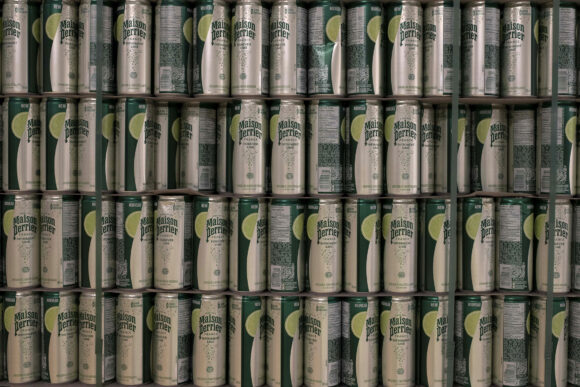
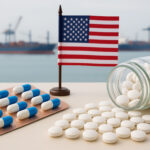 Don’t Forget Tariff Impacts on Workers’ Compensation: Berkley
Don’t Forget Tariff Impacts on Workers’ Compensation: Berkley  Questions About How a Deputy’s Stepson Became the Accused Gunman at FSU Shooting
Questions About How a Deputy’s Stepson Became the Accused Gunman at FSU Shooting  Trump’s Trade War Is Making US Farmers Anxious About Demand Risk
Trump’s Trade War Is Making US Farmers Anxious About Demand Risk 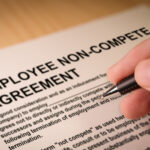 USI Says Lockton, Former Team Leader Poached Workers, Harmed Client Relations
USI Says Lockton, Former Team Leader Poached Workers, Harmed Client Relations 

